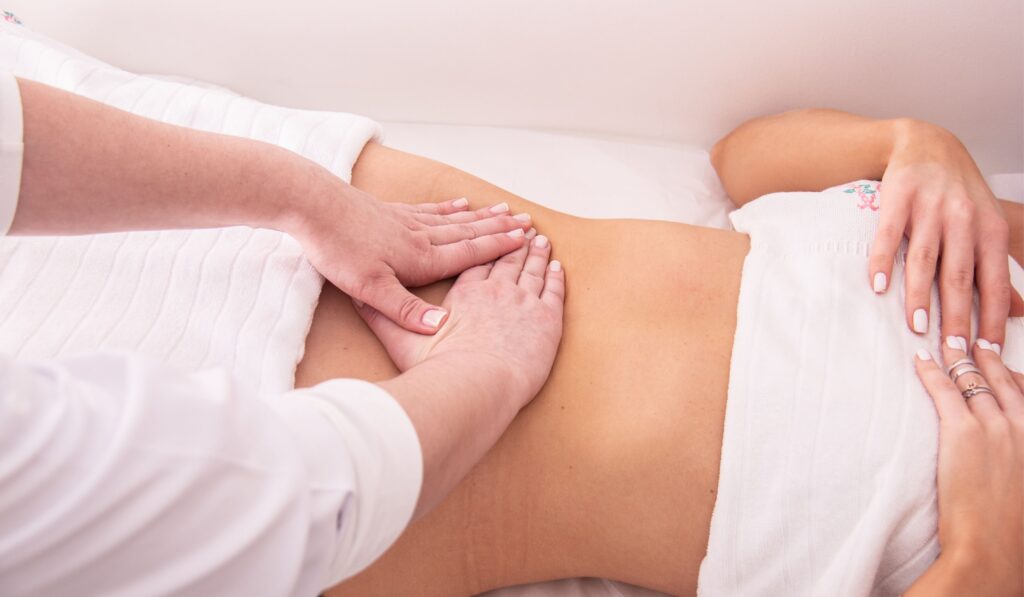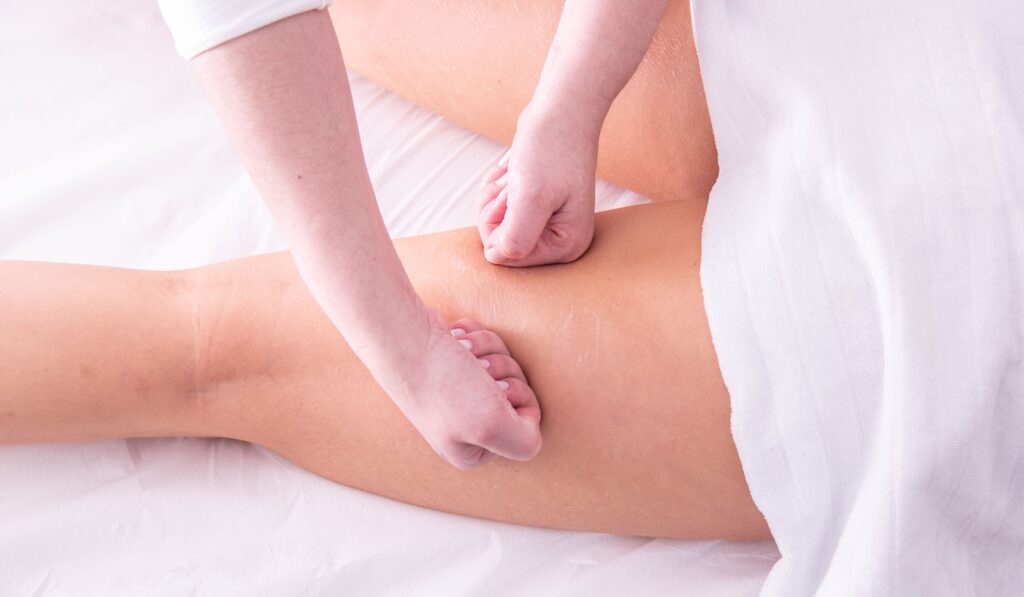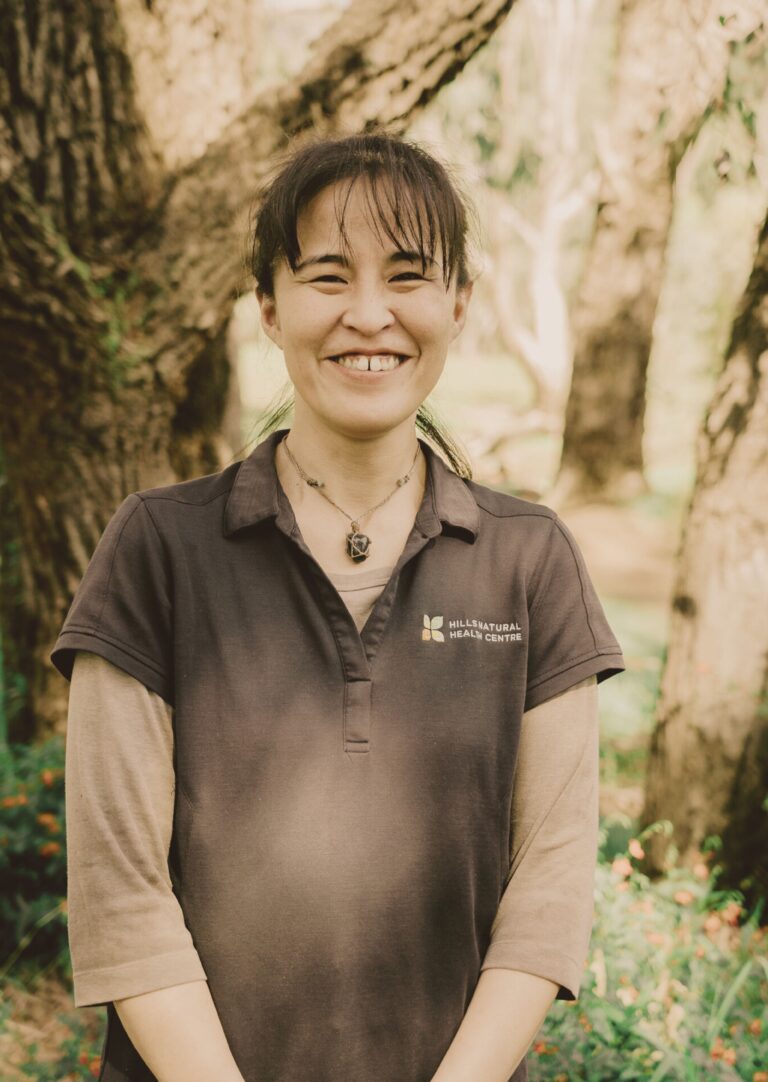Leaders of Healthcare in the Hills
A multidisciplinary approach to holistic health

Lymphoedema Therapy
Lymphoedema is a swelling of the body caused by an overload of the lymphatic system. Although it cannot be cured, it can be controlled and managed effectively.
There are two main categories of Lymphoedema:
- Primary Lymphoedema: caused by a malformation of lymphatic vessels and/or nodes and might not appear till later on in life.
- Secondary Lymphoedema: is caused by damage to the lymphatic system, primarily the axillary and inguinal lymph nodes.
After undergoing surgery or radiation treatment for cancer, it is common for patients to experience an accumulation of fluid in their tissues called secondary lymphoedema. This condition can either occur immediately after treatment or develop over time due to a chronic overload of the lymphatic system. It is characterised by swelling, usually in the arms or legs, and can cause discomfort and limited mobility.
There can be various complications with Lymphoedema of which Cellulitis is the most common one.
Manual Lymphatic Drainage (Dr Vodder)
This is a gentle, non-invasive manual technique that has a powerful effect on the body. Research in Australia, Europe and North America has proven its efficacy as a stand-alone treatment and in combination with other therapies.
Developed in France in 1932 by Emil and Estrid Vodder MLD has grown to be the most well known manual technique to assist lymph flow and aid in drainage of tissues.
The skin is stretched and torqued in a specific manner, based on scientific, physiological principles that have proven to encourage lymph flow.
When performed correctly with the correct pressure, direction and speed, this can greatly enhance recovery and facilitate drainage. It also has profound effects on systems in the body.

Why Is Early Intervention Of Lymphoedema Crucial?
A healthy lymphatic system operates at around 20% of its full capacity, allowing it to handle an increase in lymphatic load in case of injury or infection.
However, by the time a person notices a swelling of a limb, it indicates that the total transport capacity of the lymphatic system has reached its limit. In such cases, Combined Decongestive Therapy (CDT) is necessary.
Functions of the Lymphatic System
Carries out immune responses.
Removes fluid leaked by capillaries into connective tissue spaces.
Removes protein and fat molecules too large to enter the blood capillaries.
Removes organic and inorganic wastes, cells and cellular debris.
Signs of Lymphatic Congestion
- Swelling
- Cellulite
- Weight Gain
- Brain fog
- Migraines
- Insomnia
- Allergies
- Acne & Skin Conditions
- Depression
- Chronic Sinus Issues
What is Combined Decongestive Therapy?
CDT has shown to be the most successful therapy for lymphoedema today.
It consists of:
Manual Lymphatic Drainage (MLD)
Compression (Bandage/Stocking)
Decongestive Exercises
Skin Care – to prevent infection
There are two phases of treatment for lymphoedema:
Decongestive phase:
The goal of this phase is to reduce oedema, and it involves an intensive form of therapy that includes Manual Lymphatic Drainage (MLD), compression bandaging, exercises, and skin care.
At the end of phase one, the patient is fitted with a compression garment to maintain the achieved results.
Maintenance phase:
The goal of this phase is to conserve and optimise the results achieved in phase one. This phase also includes MLD, compression stocking, exercises, and skin care..
Prevention
Based on the fact that the lymph system has an immense capacity to compensate until 100% of its total transport capacity has been reached (which can take years), it is wise to be proactive about one’s health after treatments where lymph vessels and nodes have been removed or damaged.
It is estimated that 1 in 5 women will develop Lymphoedema after breast cancer surgery and radiation treatment. (Cancer Australia).
A qualified lymphedema therapist can apply manual lymph drainage (MLD) to improve lymphatic flow from compromised to functional nodes.
Pathologies which can also be treated with MLD:
Manual Lymphatic Drainage (MLD)
Compression (bandage/ stocking)
Chronic Venous Insufficiency (CVI)
Post-traumatic/post-operative edemas
Chronic Sinusitis
Migraines
Fatigue/Stress Syndromes
Sudeck’s Disease
Madelung’s Disease
Our Lymphoedema Therapist
Kuniko Tanaka
Dip. Remedial Massage
Lymphoedema Therapist (Dr Vodder CDT)
Australian Association of Massage Therapists
Private Health Fund Provider
Kuniko has been a qualified Remedial Massage therapist since 2014. She has been helping clients by relieving their pain, increasing their range of motion, and improving their quality of life through massage.
She aims to achieve efficient and effective results by engaging with soft tissue and therapeutically applying light or firm pressure, leading to ultimate relaxation.
Kuniko has been a qualified Remedial Massage therapist since 2014. She has been helping clients by relieving their pain, increasing their range of motion, and improving their quality of life through massage.
She aims to achieve efficient and effective results by engaging with soft tissue and therapeutically applying light or firm pressure, leading to ultimate relaxation.

